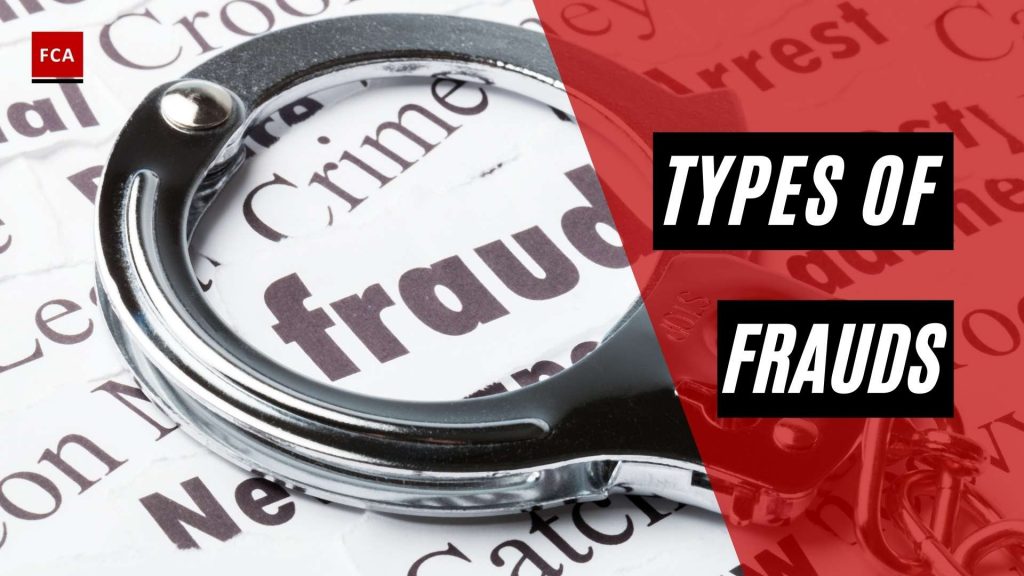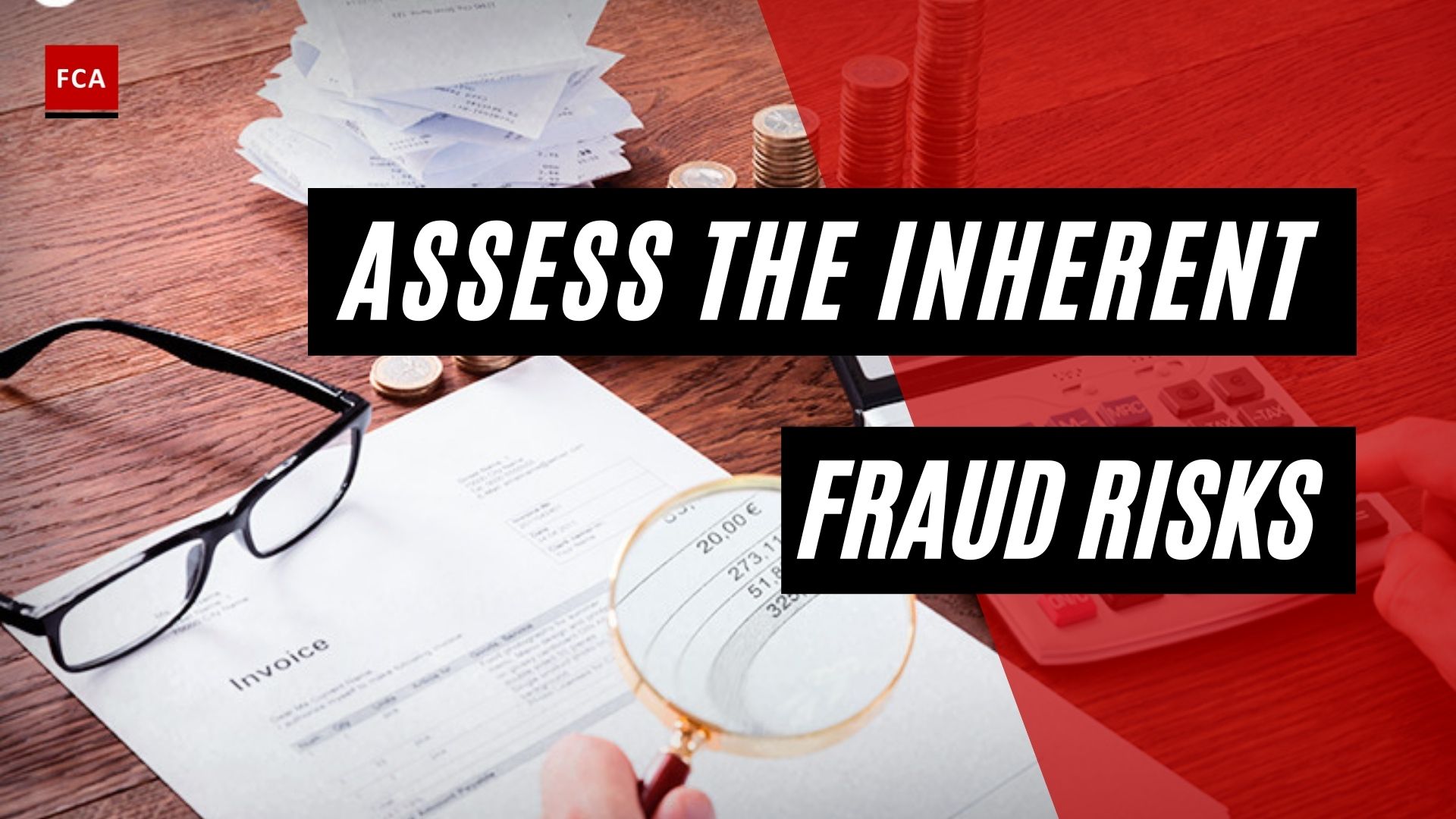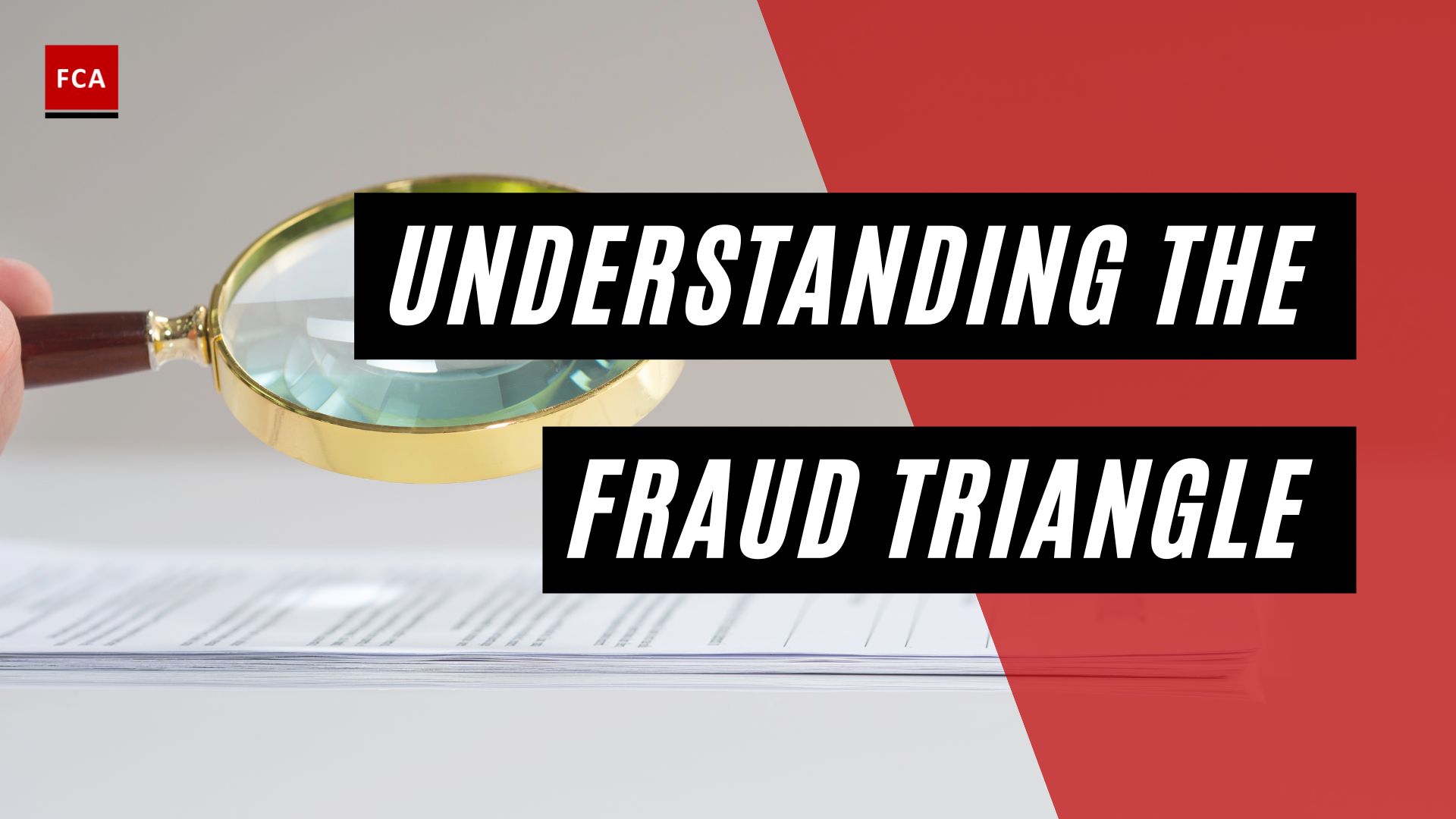Types of frauds vary widely, from tax evasion and credit card fraud to more sophisticated schemes like securities fraud and bankruptcy fraud, each posing unique challenges to businesses, individuals, and governments alike in their efforts to detect and prevent such malicious activities. There is an inherent risk of fraud in all professions and businesses.
The element of conducting fraud, present in all occupations, poses a greater risk of losing the financial strength and position of any business. This article elaborates on ‘Types of Frauds’. Types of frauds include tax fraud, credit card fraud, wire fraud, securities fraud, and bankruptcy fraud. These activities can be carried out by single or multiple individuals.
Business owners or boards are responsible for establishing fool proof measures and controls to prevent the inherent fraud risks. In case any incident, they are responsibly for timely reporting.
Definition of Fraud
Fraud means mean many things to many organizations, which may occur from different relationships between the criminals or fraudsters and the victims. Fraud is an intentionally deceptive or misleading action designed to provide the offender with an unlawful gain or to deny a right to a victim.
Some of the most common examples of crimes which are reported as frauds are:
- crimes by individuals against the consumers, clients, or other businesspeople such as misrepresentation of the quality of goods;
- employee fraud against the employers — for example, claiming false expenses or embezzlement of cash or assets;
- crimes by the businesses against the investors — for example, fraudulent financial reporting, selling counterfeit goods as genuine ones, tax evasion, or national insurance contributions paid by staff;
- crimes against financial institutions — for example, using lost and stolen credit cards, cheque frauds, and fraudulent insurance claims;
- crimes against the government by the individuals or businesses — for example, grant-related fraud;
- fraud related to claim of social security benefits such as tax evasion;
- crimes against the major organizations by the professional criminals — for example, major counterfeiting rings, mortgage frauds, or money laundering activities;
- crime related to internet or e-crimes done by the people using computers and technology to commit crimes — for example, cyberattack and phishing;
- copyright crimes; and
- social engineering frauds.
ACFE Occupational Fraud Typology
The Association of Certified Fraud Examinet (ACFE) is a professional organization for fraud examiners. The ACFE is a recognized bofu of fraud professionals who are skilled in fraud detection and investigations. ACFE also performs research on several types of frauds and the reasons they occur. By these means, the ACFE determined the so-called ACFE occupational fraud typologies.
Occupational Fraud Typologies highlights different forms of fraud which are as follows:
- Misappropriation of assets,
- Fraudulent financial statements, and
- Corruption
Three categories of fraud
The first of these occupational fraud typologies is the misappropriation of assets, which involves the theft or misuse of an organization’s assets. Examples include theft of the assets such as plant, inventory, cash, raising false invoices, fraud in accounts receivable balances, and payroll-related frauds.
The second category is related to fraudulent financial statements. This is done in the form of falsification of financial statements to show that financial objectives are achieved. It also includes falsifying documents such as employee credentials.
The third category of fraud is corruption — for example, the use of bribes or acceptance of kickbacks, insider trading, or inappropriate use of the company’s confidential information.
Explain the Fraud Tree
The fraud tree concept is related to understanding diverse types of frauds, which emerge due to common root causes.
The causes of fraud incidents vary depending on the number of numerous factors such as corporate governance structure, internal control structure, operational activities, production activities, commercial activities, financial activities, designation, and experience of the persons committing fraudulent activities.
Frauds occur in different forms, which may form a fraud tree. Every branch on the fraud tree has different sub-branches of varied sizes which are influenced by different conditions and motives of persons involved in conducting frauds.
Branches of Fraud according to Fraud Tree

Asset misappropriation
Asset misappropriation includes the theft of cash, which is usually performed by the employees of the company. In most organizations, the fraudsters are also involved in the theft of tangible and intangible property such as plant assets, tools, and machineries.
Corruption
Corruption includes bribery, extortion, and conflicts of interest. These types of fraudulent activities are common and performed by employees and staff. Employees get personal benefits through bribery, or they try to avail benefits from the customers or vendors of the organization where they are employed. This creates conflict of interest and considered as fraudulent activity by the organizations.
Misstatement of Financial Statements
Financial statements are prepared by the management of the company and approved by the board of directors. It is the responsibility of the management to prepare the financial statements, which must be free from fraud elements. To show the wrong results to the board of directors or shareholders, the management prepares fraudulent financial statements, which include wrong financial information and position of the organization. They overstate the assets or profits or understate the liabilities and expenses of the company to show wrong position to stakeholders.
Tax evasion
Most of these organizations conceal their transactions and revenues to avoid the payments of taxes. Tax evasion is a crime and considered fraud.
Final Thoughts
The ubiquity of fraud across all sectors and professions, as detailed in this article, is a concerning reality. The various types of fraud, including tax, credit card, wire, securities, and bankruptcy fraud, among others, highlight the versatility of fraudulent actions that can critically impact businesses. Occupational fraud, as characterized by the Association of Certified Fraud Examiners (ACFE), reveals a three-pronged typology—misappropriation of assets, fraudulent financial statements, and corruption—which are prevalent across industries.
The “Fraud Tree” concept provides a comprehensive understanding of the root causes and varied manifestations of fraud, including asset misappropriation, corruption, financial statement misrepresentation, and tax evasion. While businesses are obligated to put robust control measures in place to deter such acts, the diverse forms and adaptable nature of fraud make it a daunting challenge to combat. Therefore, the burden of maintaining financial integrity falls not just on the businesses but also on government institutions and individuals to foster a culture of ethical conduct and vigilant oversight.








